As we enter the new year, manufacturers are assertively focusing on how they optimize their business during uncertain economic conditions. The goal of most manufacturers is to do more with less, or at minimum optimize their ability to execute their mission for their customers. Working with many manufacturers, I am seeing a variety of ways that companies can leverage technology to do more with less year.
Part 2 of this series outlines the second five ways that manufacturers can do more with less.
#6. Intelligent map-based marketing / sales data mining to apply limited human resources to targets
That’s a lot of words, but essentially you need to go after the right customers, in the right places, at the right times. The most effective manufacturers are intentional about where they apply their energy, using data to understand the big picture. For example, can I use the sales data and related impact to drive where my investments should go?
The graphic below shows an example of “cooking shows” happening to help drive sales for a manufacturer of high-grade cookware. The understanding of where “top of the funnel” activities are happening is directly related to where need exists. They can cross-reference this with additional information like population centers, perspectives about food, differences between city/rural, etc. to target the best locations to add more shows.
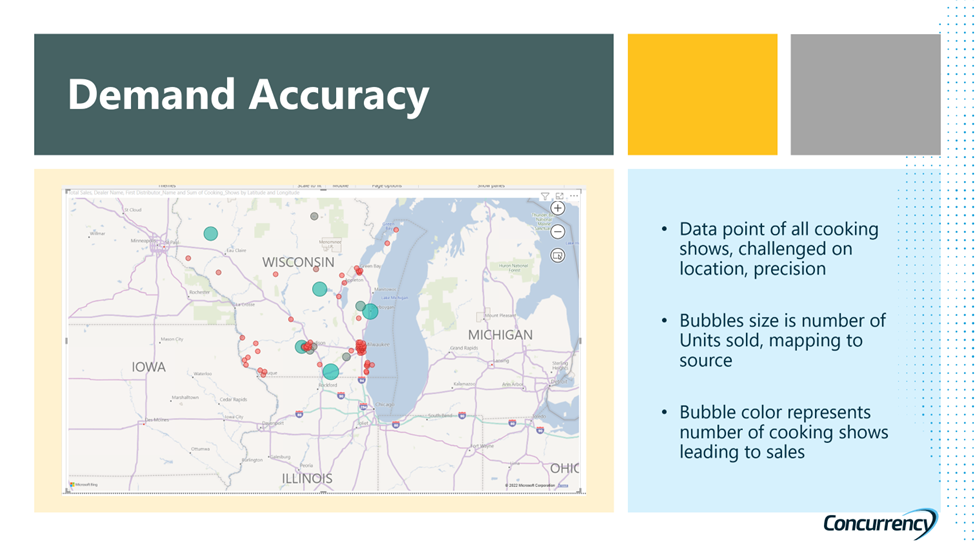
This information is also useful in aggregate to talk about the populace and how they are shifting. Including how they can use information about the broader ecosystem to influence where products are going, what works, what doesn’t, and how they strategically move. This is all done with data that you likely already have or can get without much effort.
#7. Increase data discoverability and security
This is a means to an end. The best manufacturers are “data driven” but done in a way that includes metrics-driven data, trusted sources, and ability to experiment… combined with security. Manufacturers need to arm their teams with trusted data that is secured and controlled by the right people. This is the establishment of a certified data set, the mapping of data lineage, and the application of security policies… combined with accessibility of data across a broad scope. How do you do this? Aren’t access and security mutually exclusive?
Tools like Purview can step in to help define and manage the data estate, as well as aid in discoverability across a broad ecosystem in a data mesh. The below shows the concept of a Data Mesh, that includes sub-concepts like Data Domains (logical groupings of data), Data Product (like Synapse), and Data Management (like Purview).
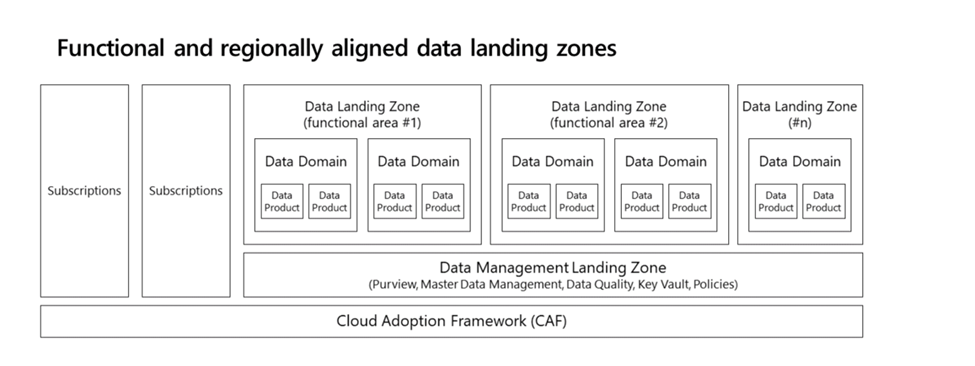
The goal here is to build an architecture for data discoverability based on a Certified Data Set, which then has security applied to it. In model use cases security is applied to primary/secondary models. In data science security is applied to the data container and perhaps even de-identified. In each scenario lineage and understanding is critical to establishing trust, primary tied to the Certified Data Set.
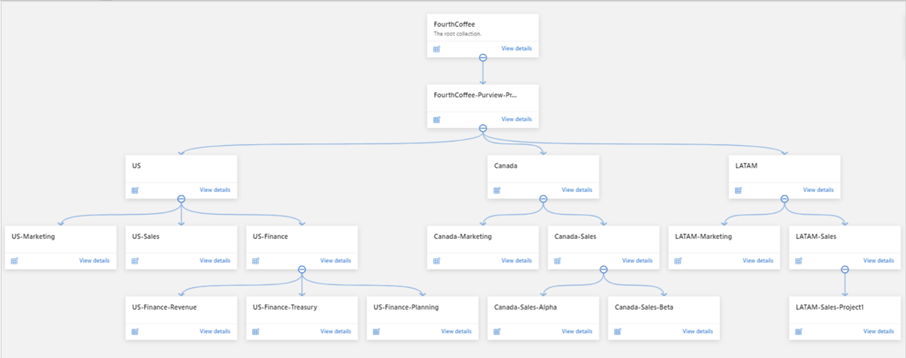
Why does this “do more with less”? Because it creates the right conditions for all employees to get value from data and trust the data that other’s work is based on.
#8. Create a commoditized and secure end user experience
Why does our end user device experience need to be so complicated? I was talking with a company that had 1 minute laptop boot times with 10 different agents running. The experience for the end user was terrible, the security isn’t necessarily improved, and the result is less business value. How can we make the experience of getting, using, and replacing a device more like getting a new phone, instead of getting a new customized painting?
Enter the world of Modern Desktop, meaning a device deployed through Autopilot, in a Zero Trust approach, with no dependency on the corp-net for management or identity. Think “Cloud PC”… this enables devices to be shipped directly to the home, with superfast boot-up time, and much less intrusion in the user’s life. It also enables virtual desktop use cases from a variety of spots, such as MacBooks as first-class citizens and other devices.
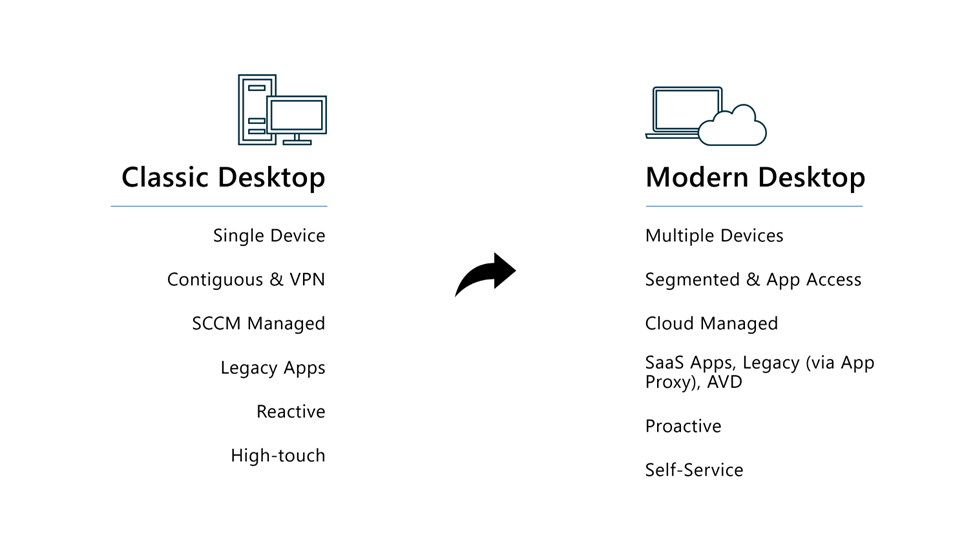
Also think about savings by eliminating tools and using just one platform. The Microsoft platform is both best of breed and best of suite, enabling an integrated conditional access experience from any endpoint to any application.
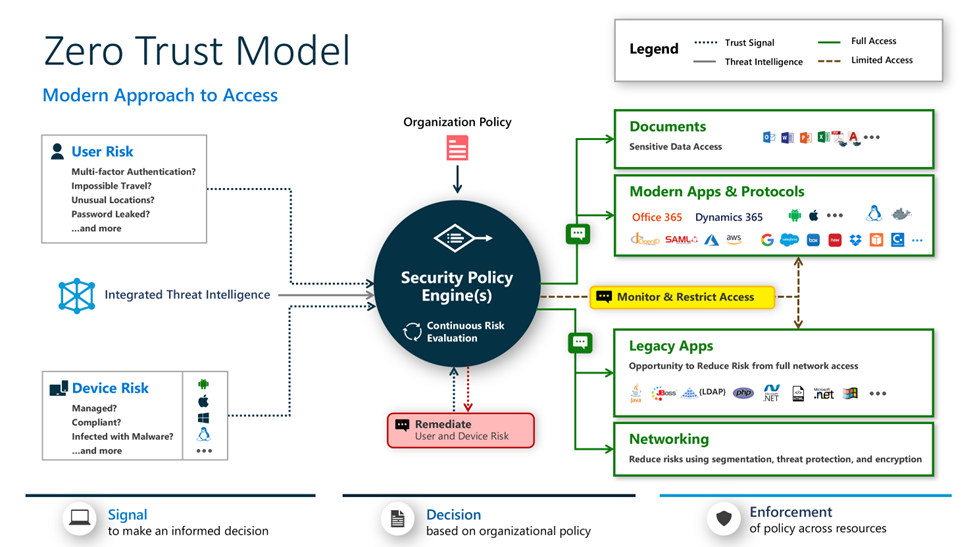
#9. Retain and engage employees
The retention battle is fierce, and your team members are looking for you to represent a culture they want to be part of. Understanding, listening, and responding to your team is one of the most critical elements of “doing more with less” as it goes to the highest cost you might have… turnover. Manufacturers with less turnover can create efficiencies because of the force multiplication we add to each other. Great teams are not just made up of great players… they are made of great players that know how to work with each other. Retaining and empowering your team is critical to making this happen.
Platforms like Microsoft Viva and Glint are created to help with understanding, directing, and empowering individuals, teams, and managers with great insights.
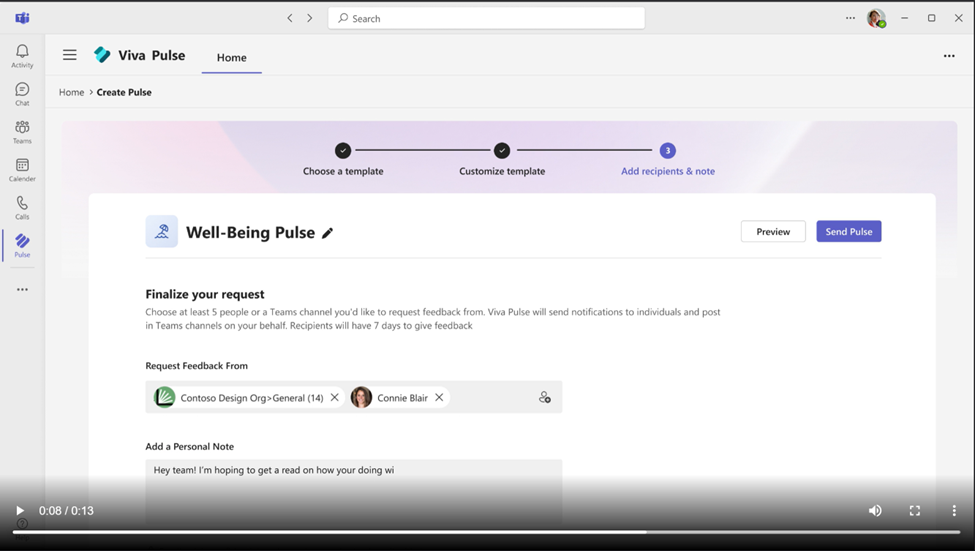
The mapping of goals to a person’s wellbeing, engagement, and functional accountability is also a critical element to the success of a team.Understanding OKRs and achievement metrics.
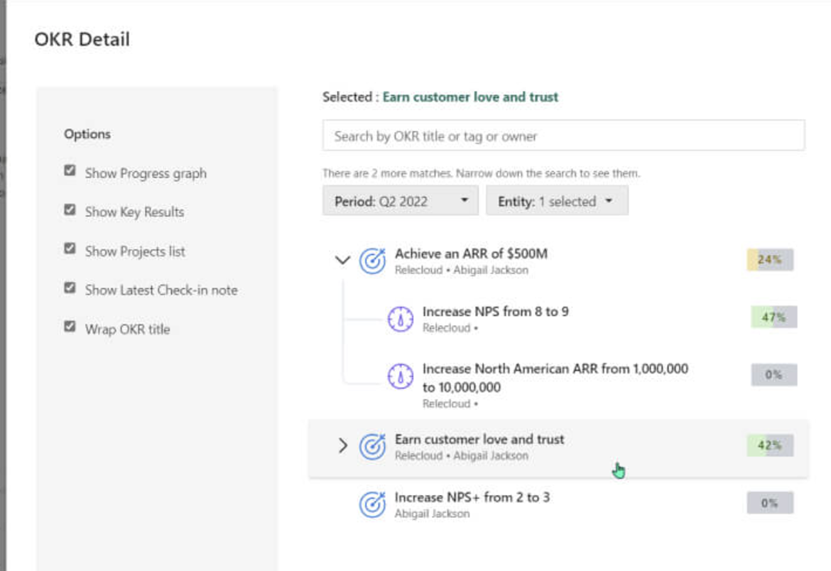
Finally engaging and communicating with employees broadly is modernizing.Are your team members all rowing the boat in the same direction?
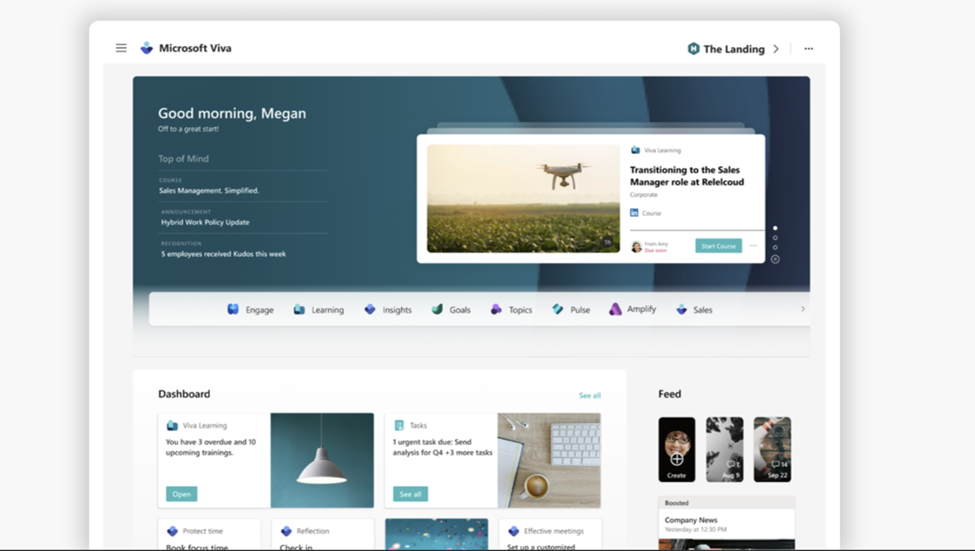
#10. Address identity/compliance inefficiencies
As your business is expressed to the market through technology, identity becomes the critical control layer for your interaction with your customers, partners, and employees.Each stakeholder group has an efficiency level controlled through how effective you are at creating an effective experience.These experiences include:
- Onboarding new customers to your business platform
- Onboarding new employees (regardless of location) into your business
- Creating and maintain B2B relationships
- Optimizing changes to customers, employees, and B2B identities
Each identity experience results in positive or negative experiences and has significant security concerns if not treated with focus. For each, look at “how can I streamline and improve the management of my customer, partner, or employee identity to achieve business efficiency”
For example, with Azure AD Verifiable Credentials, I could onboard a new employee into the manufacturing floor and require a validated credential of driver’s certificate before moving forward.This could all be orchestrated remotely vs. a manual activity.
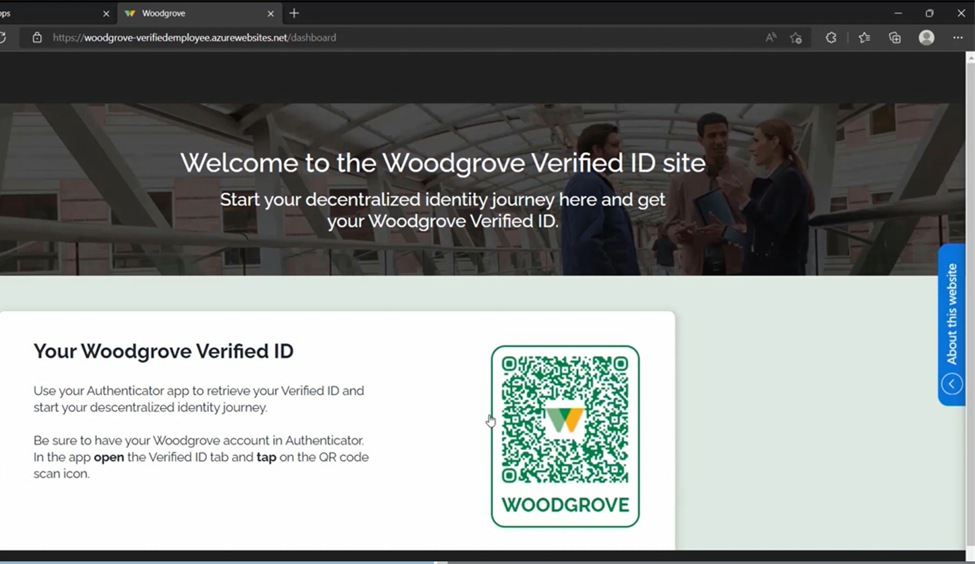
Each digital identity scenario assumes Zero Trust, and focuses on creating a seamless experience with the user, company, or employee through a single set of tools.This contrasts with many manufacturers that have a huge suite of security tools, only to create a very disjointed onboarding and management experience for their user base.
So, to re-cap, here are the 10 things to look for in creating efficiency in 2023.
- Understand and optimize supply chain processes with Manufacturing AI
- Turn processes into tools by making all employees “creators” with Power Platform
- Reduce the footprint of your facilities and leverage cloud services, then right size and reserve
- Optimize sales processes with bots and automation leveraging AI to drive more sales per rep
- Improve sustainability and cost efficiency at the same time
- Intelligent map-based marketing/sales data mining to apply limited human resources to targets
- Increase data discoverability and security
- Create a commoditized and secure end user experience
- Retain and engage your employees with Viva
- Simplify the user experience of communication/collaboration by removing extraneous tools